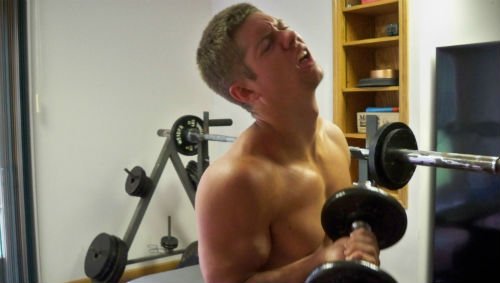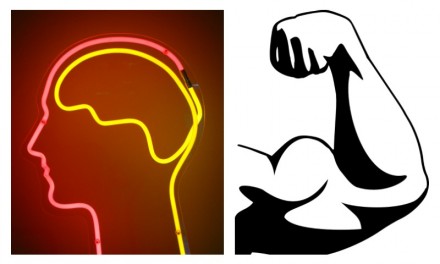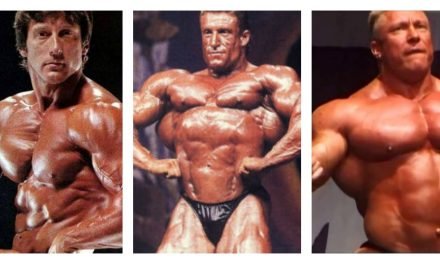Delayed-Onset Muscle Soreness (DOMS), also called as muscle fever, is that distinctive muscle pain that you experience after an intense or new /unfamiliar exercise which the muscle is unaccustomed to. It is usually felt more strongly 24 to 72 hours after the exercise. DOMS occurs when the muscle is performing an eccentric contraction, i.e. the motion of an active muscle, when it is lengthening under load; for eg. Running downhill or downward phase of a squat.
DOMS is primarily caused by the body’s inflammatory response to exercise and several other variables like:
- Inflammatory response system of individual
- Structural damage to muscle tissue and tendons
- Athletic condition, age and skeleton-musculature

Muscle strain creates microscopic damage to muscle fibers, which coupled with inflammatory response of the body causes the pain. However this pain is an indication that your muscles are adapting to your new exercise regime, making it stronger and better equipped, to perform the task next time.
HOW TO DEAL WITH DOMS?
According to experts, DOMS shouldn’t equate to not working out. It just means that you need to take it a bit slow. Though there isn’t any treatment for DOMS, there are several steps which can be taken to minimize its severity:
-
Massage
Light massage of sore muscles help reduce tightness of muscle, while increasing the flow of blood to them, thereby reducing the duration of suffering.
-
Soaking in a warm bath
Who knew that warm baths are so much more than just pure relaxation. A good soak in a warm tub loosens up tight muscles, improves circulation and relieves muscle soreness.
-
Ice pack/ Heat pack
Alternately applying ice pack and heat pack, to the affected area for round 10 minutes, not only improves circulation but also fastens muscle repair and recuperation.
-
Stretching
Slow, gentle stretching promotes blood flow to the affected area and helps in a speedy recovery.
-
Rest
A good rest to the body helps in recovering fatigued muscles and alleviates DOMS.
MYTHS RELATED TO DOMS
Myth 1: DOMS is due to Lactic Acid build-up
In reality, muscles do not produce lactic acid during exercise, but produce a similar compound called lactate. Lactate clears out of the body within 30 minutes to an hour after working out. DOMS on the other hand is caused by the micro-trauma in the muscles and surrounding connective tissues, causing inflammation.
Myth 2: A good workout means being sore afterwards
Studies show that soreness in itself is a poor indicator of muscular adaptation and growth. Thus, not being sore after a workout is not an indicator of an ineffective workout. DOMS ergo, isn’t the best gauge of effectiveness of your workout.
Myth 3: Being Fit means less/ no DOMS
Unfortunately our genes decide whether we are high-responder, low-responder or no-responder to a particular load. Some people are more acutely affected by DOMS than others. Though being fitter helps the body to adapt to a particular load, DOMS has nothing to do with how fit you are.
Myth 4: Muscle damage is BAD
It is important to differentiate between muscle damage and significant muscle injury. DOMS are caused by micro-trauma to your muscle fibers; and is not a definitive measure of muscle damage. In fact certain degree of soreness is necessary for the muscles to repair themselves, get larger and stronger than before.
However, if you have a significant injury, wherein you hear a ‘popping’ sound with injury, cannot walk or have significant swelling, pain, fever, or open cuts, you should immediately call your doctor.





